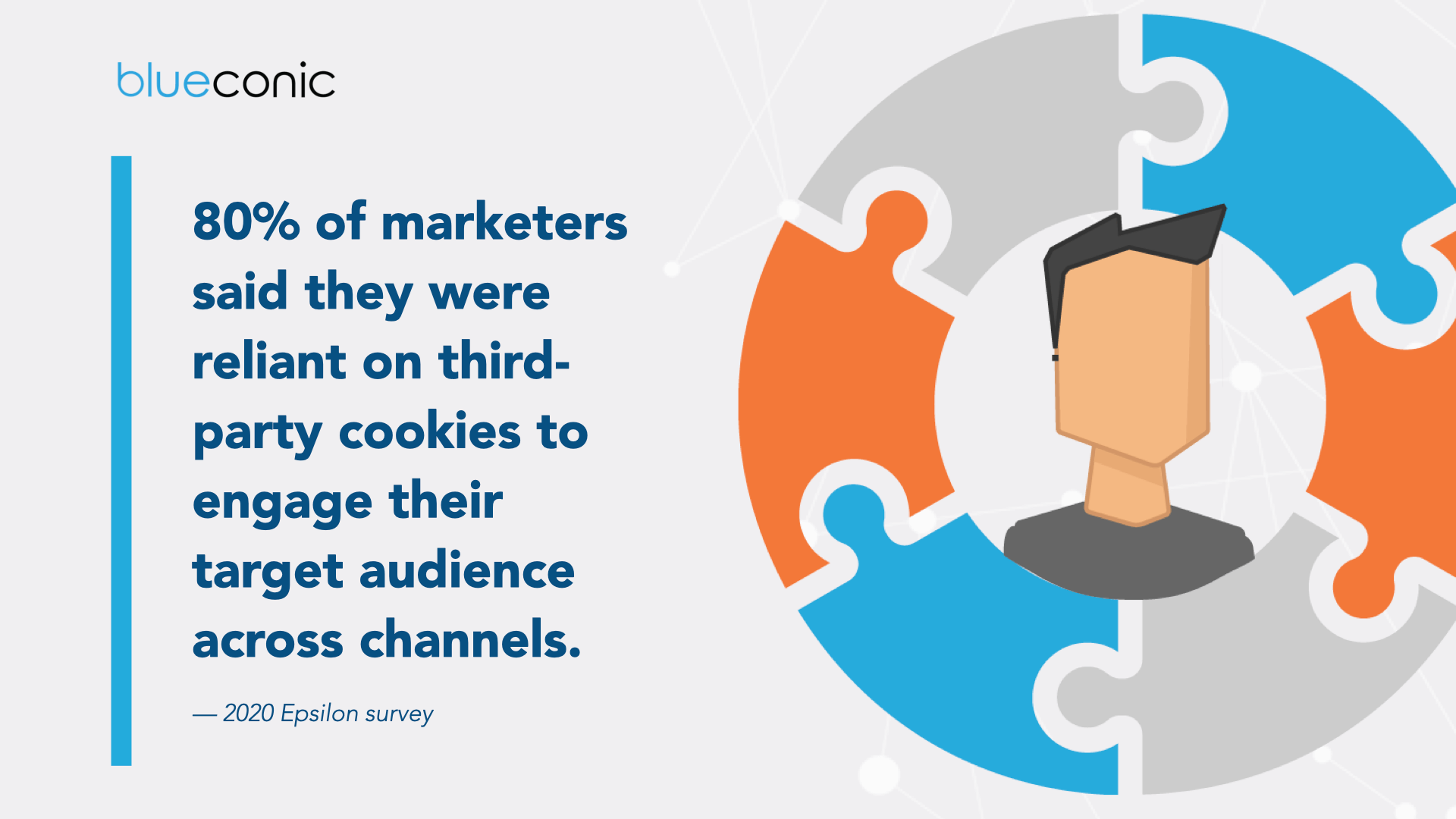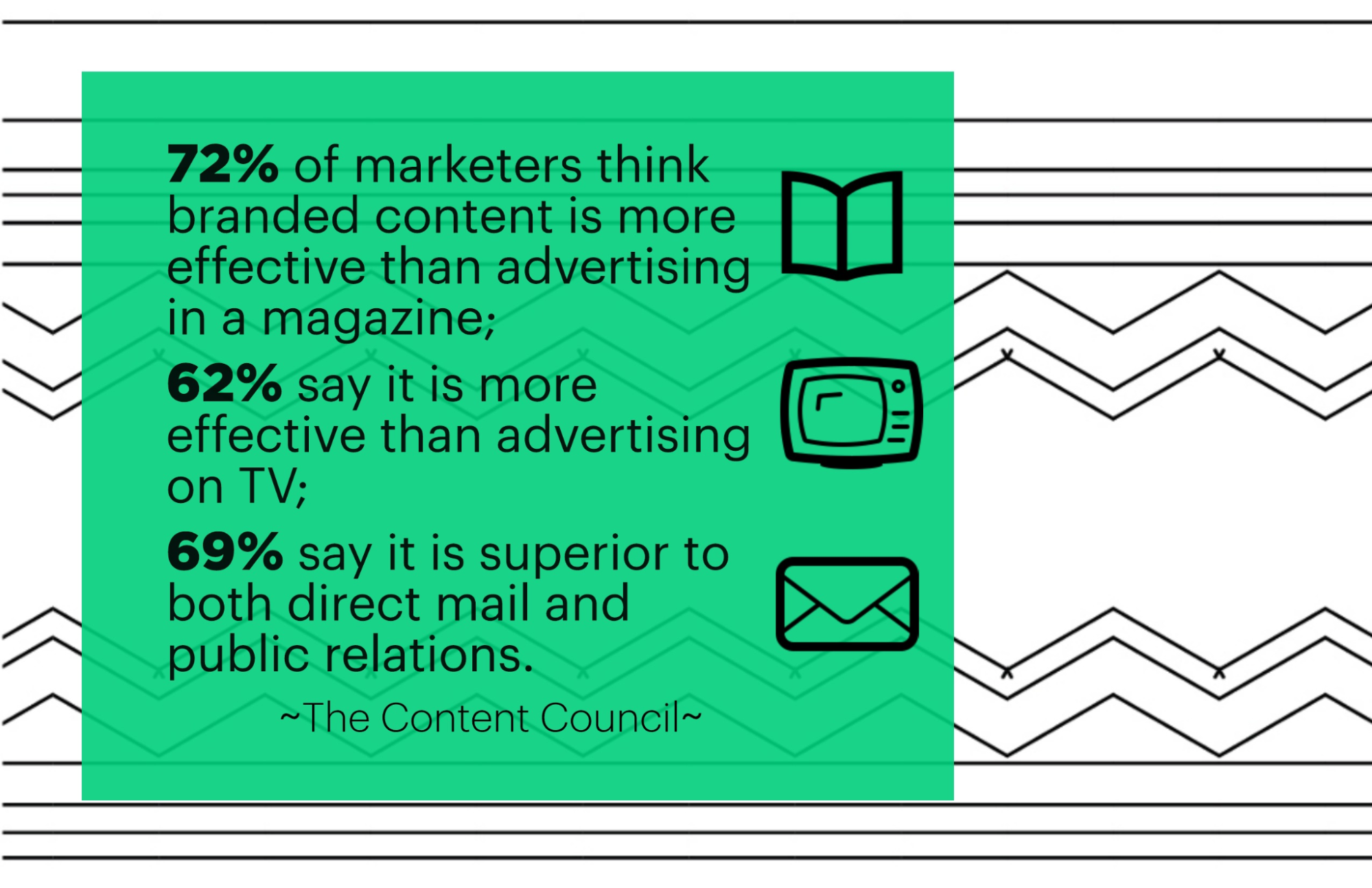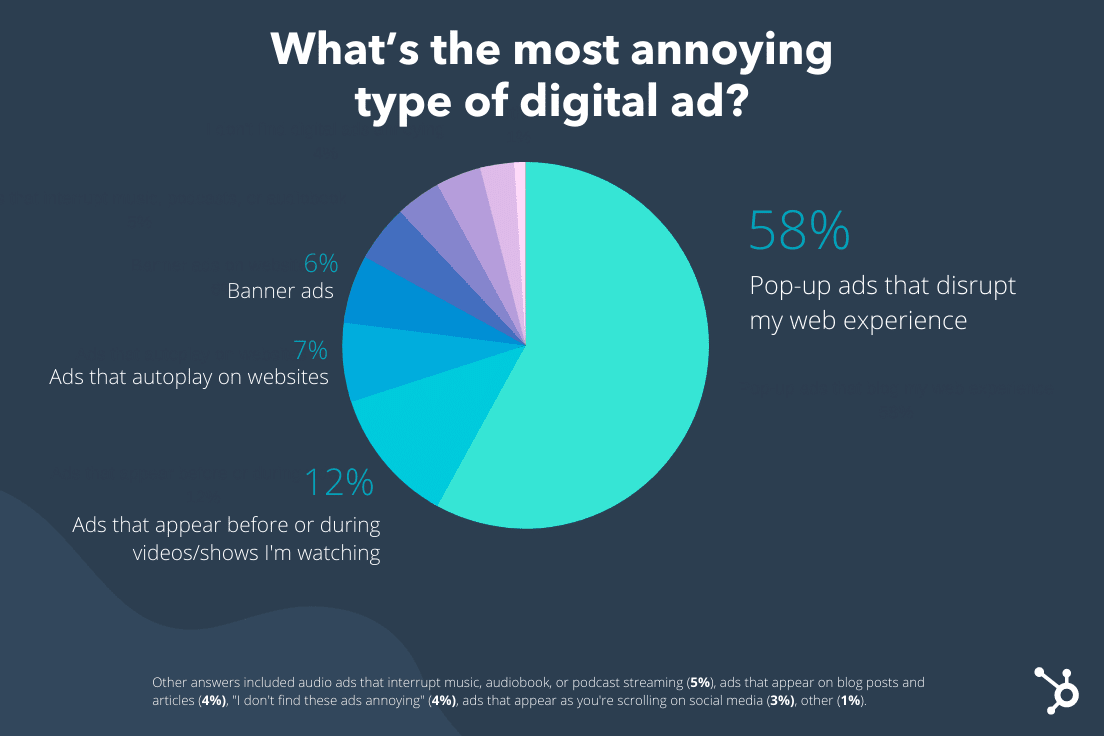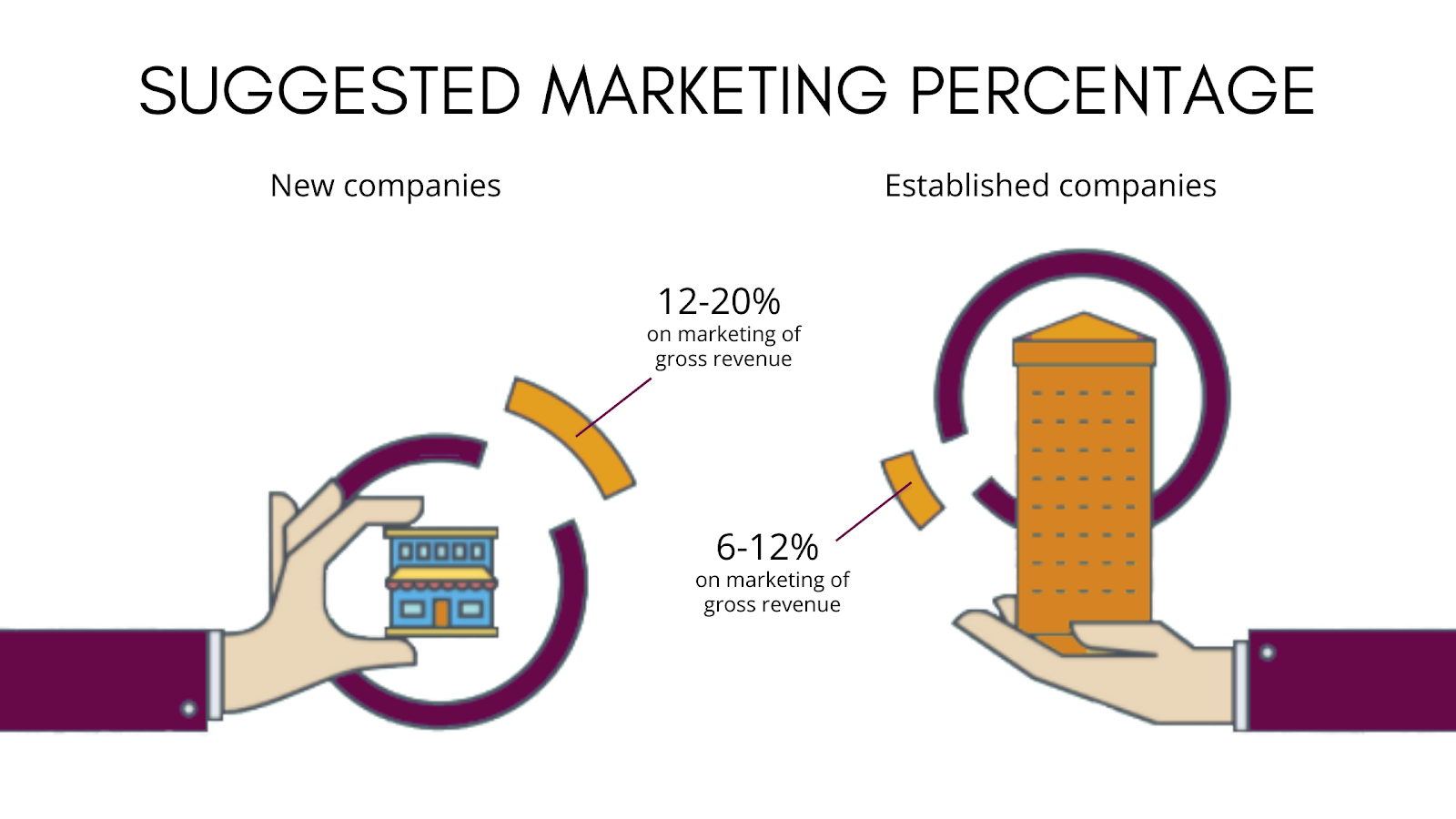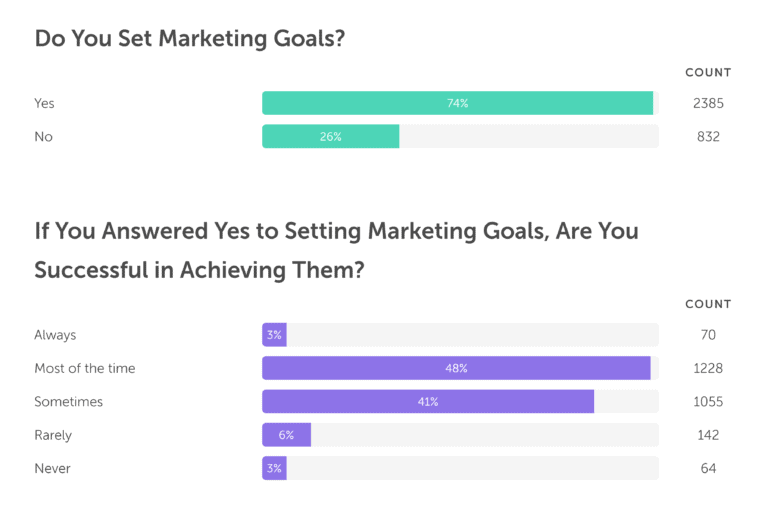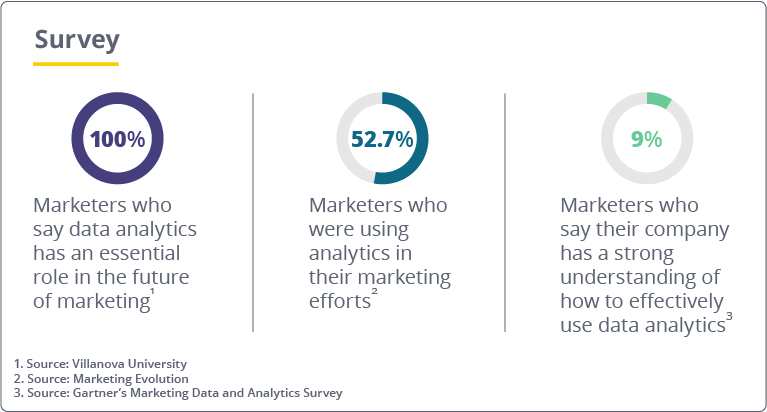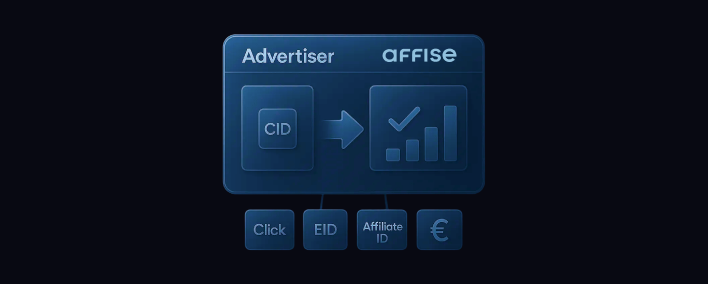Step #4: Play to your specific strengths
What is it about your company that will segue well with the one you’re considering? Will affiliation give you the right framework in which to promote what it does well, or will there be a conflict? Will the other company be looking long-term to capture that territory for itself?
Ensure the relationship you’re positing will permit your business to continue to do what it does well already.
Step #5: Be clear
Ensure that, right from the outset, you and your partner organization are clear with each other about what you want to get out of the relationship and how you’re going to go about doing it.
Establish timeframes and goal yardsticks. It may be the case that you have a figure in mind concerning sales growth for a particular product, or it might be something more general, such as an intent to drive an increased flow of traffic to your website.
Discuss this with your partner and decide together how realistic these are as targets and how the partnership can help to achieve them. Then consider how using analysis via something like Affise BI will give you a means of assessing them.
Also, establish ground rules on factors such as how and how often you communicate with each other. You’ll need to give regular updates on product development, so sort out how that will happen in a way that suits all concerned. Give your partner a means of finding out information on an ad hoc basis should an unexpected consumer query arise.
And, not to be overlooked: establish a means of resolving friction.
Be as candid as you need to be. Opacity is the enemy of communication. Clear? Good.
Step #6: Be open to feedback
Finally, pay attention to what customers tell you. Pay attention to what your partner company is saying too. Listen to what your partner company tells you that customers are telling it.
There’s a world of potentially useful feedback out there for you to glean. The optimization benefits of learning from it will be huge and a win-win for both you and your strategic partner.
Start your partner marketing program with Affise
You may think, “OK, I get it, I need to get into partner marketing, but I’m betting it’s not simple”. You couldn’t be more wrong. With a partner marketing program such as Affise, a lot of the complicated stuff is taken care of for you.
For instance, all your offers and relationship details can be managed by CPAPI. Rather than needing to juggle all manner of complicated and niche data, the difficult bit is handled by this enormously useful data transfer platform.
And the great news is that even if you already have a partner marketing program but want to change to something more suited to your needs, you can do so with ease. In fact, with Affise, platform migration couldn’t be simpler.
With a series of easy steps, from preparing your system to making a global announcement, Affise will give you all the support you need to migrate your platform to a program that makes your partner marketing sing.
An added bonus is the speed of implementation. With a SaaS service like Affise Reach, you can get things up and running within 24 hours, and your brand can team up with another business, an advertiser, or another sort of partner altogether in record time.
Conclusion
Partner marketing is one of the key ways to attract new customers and develop customer loyalty.














